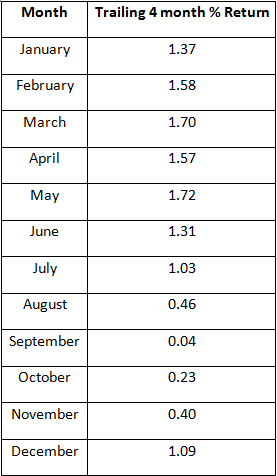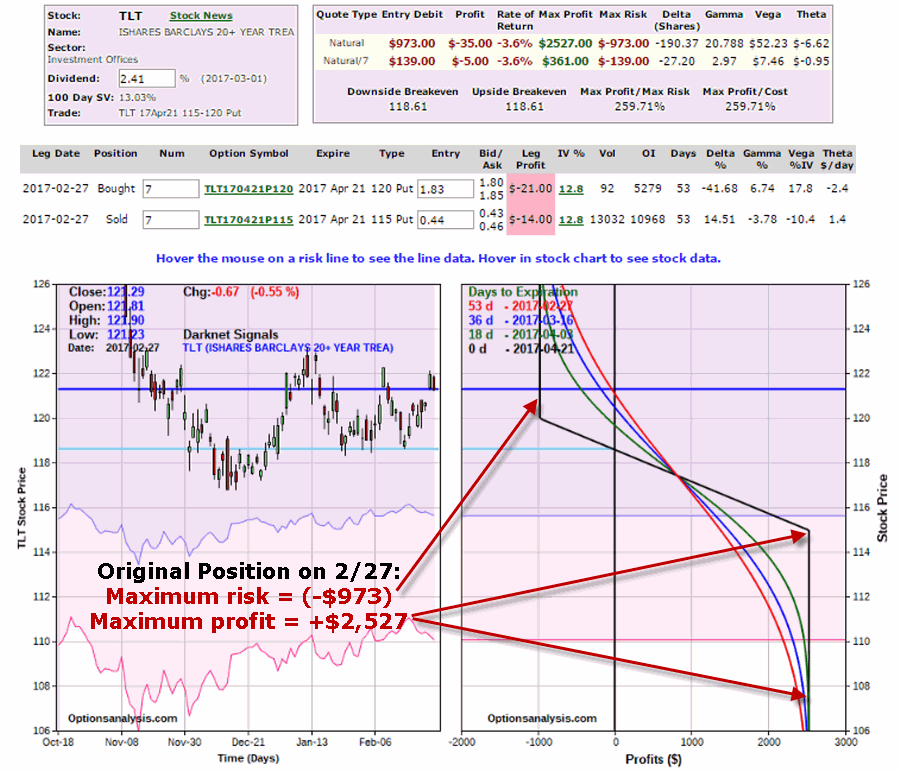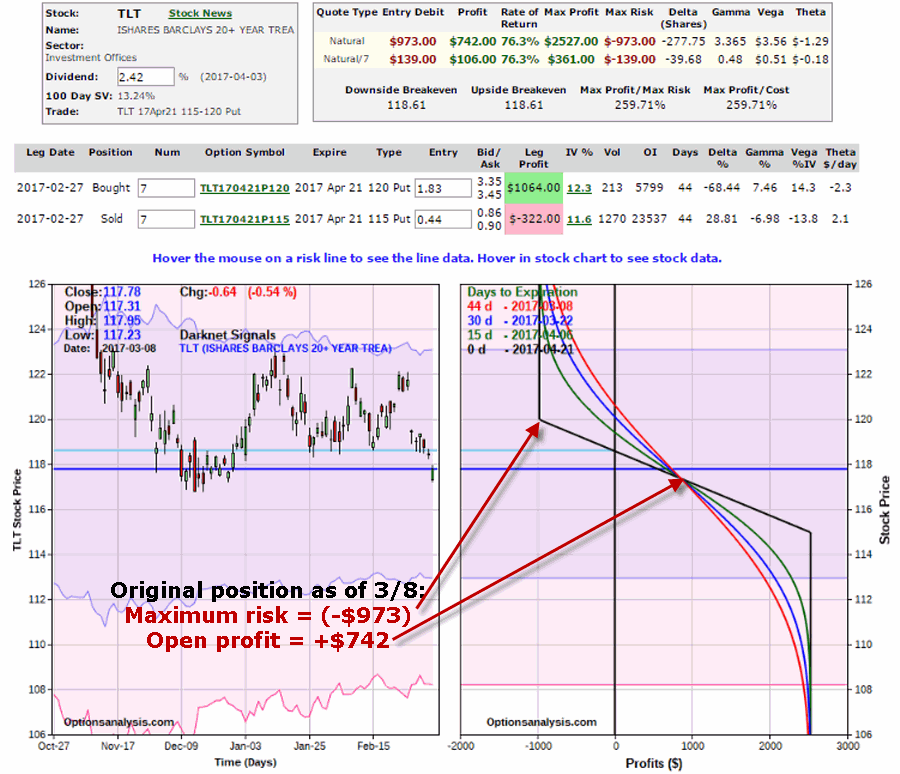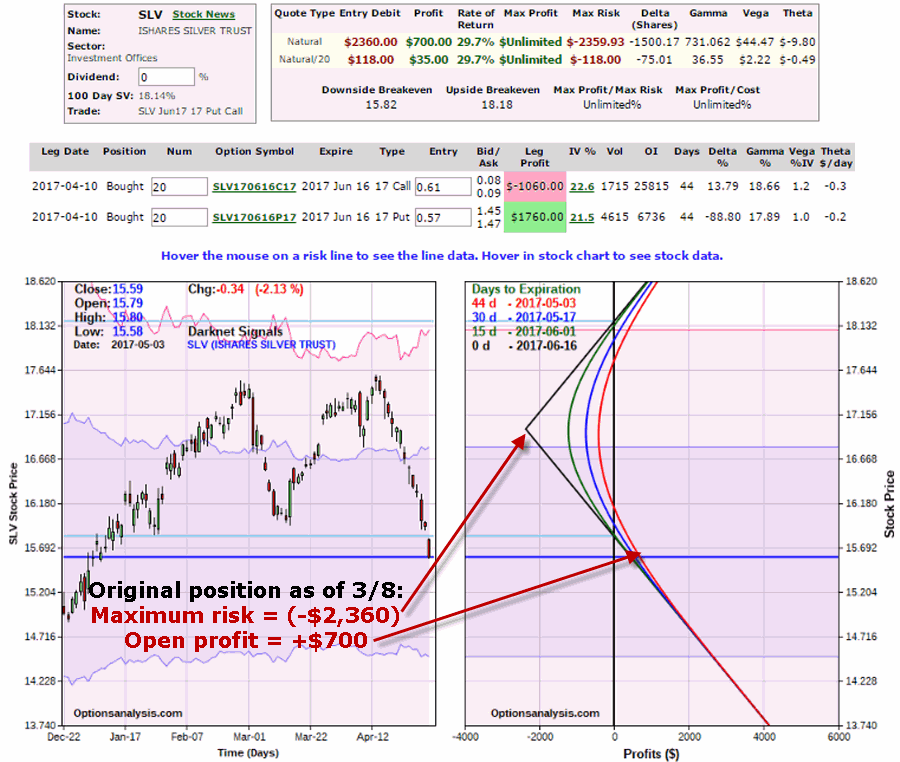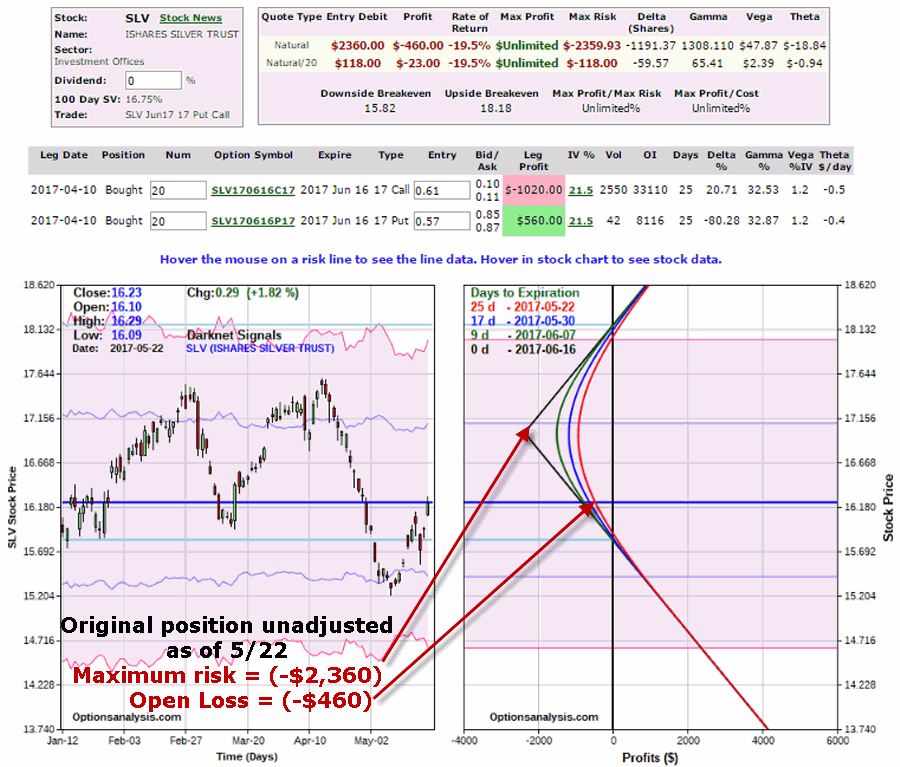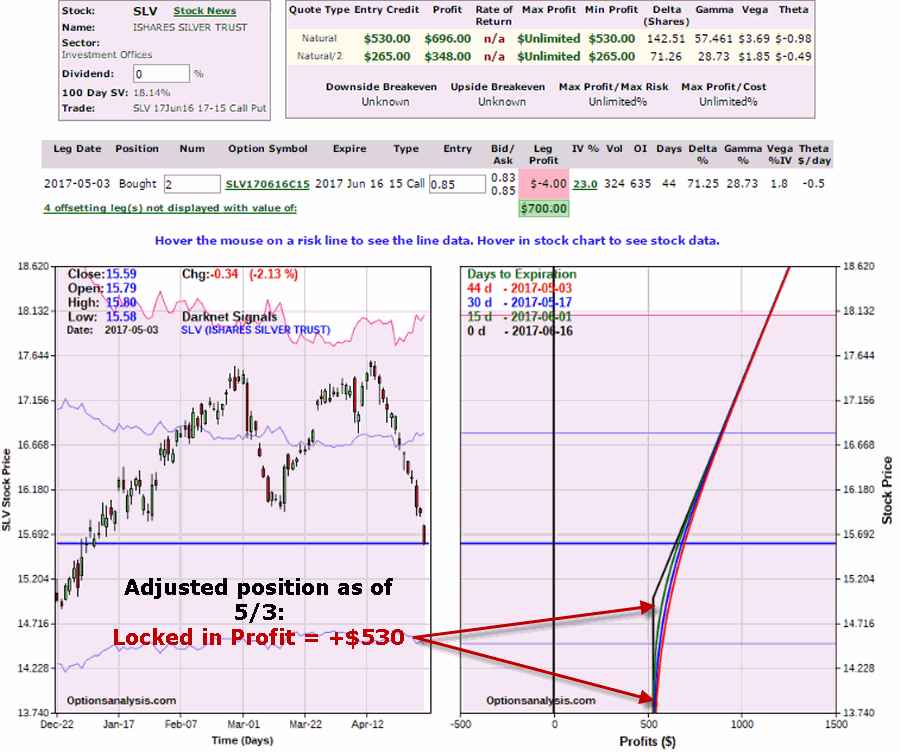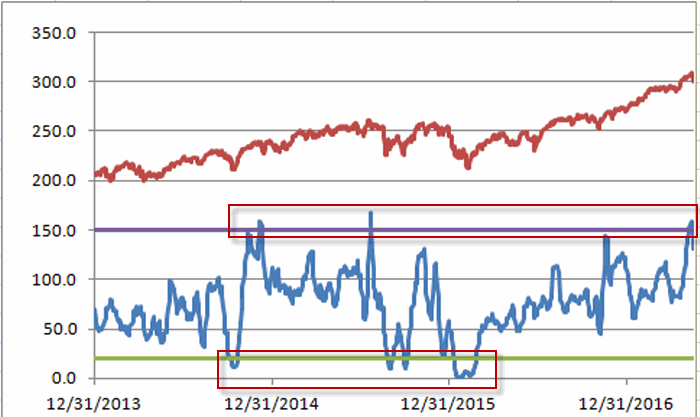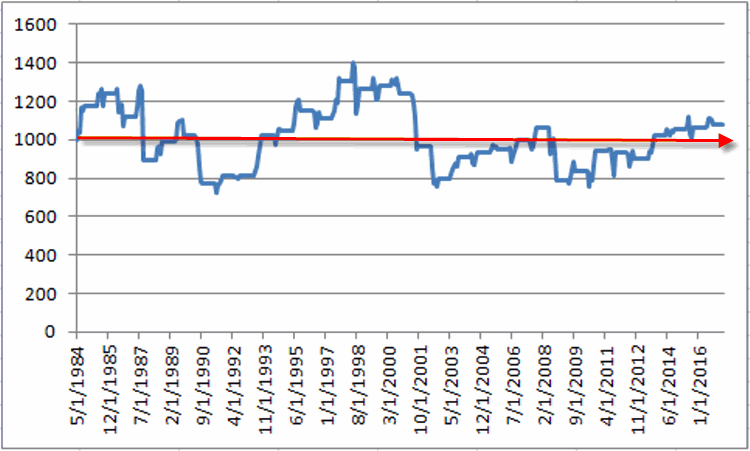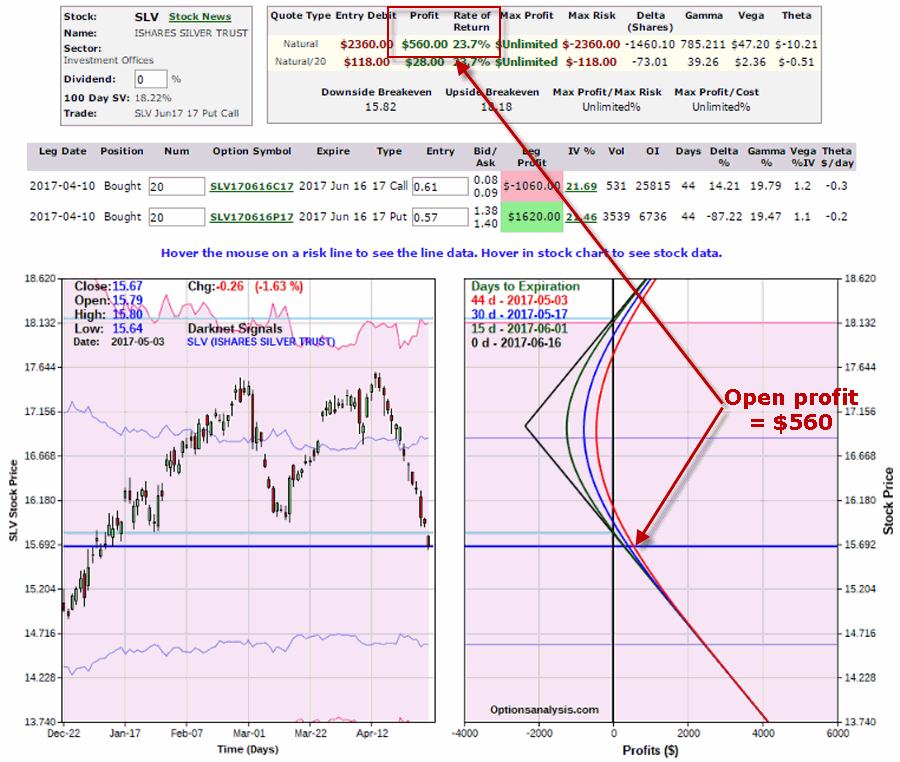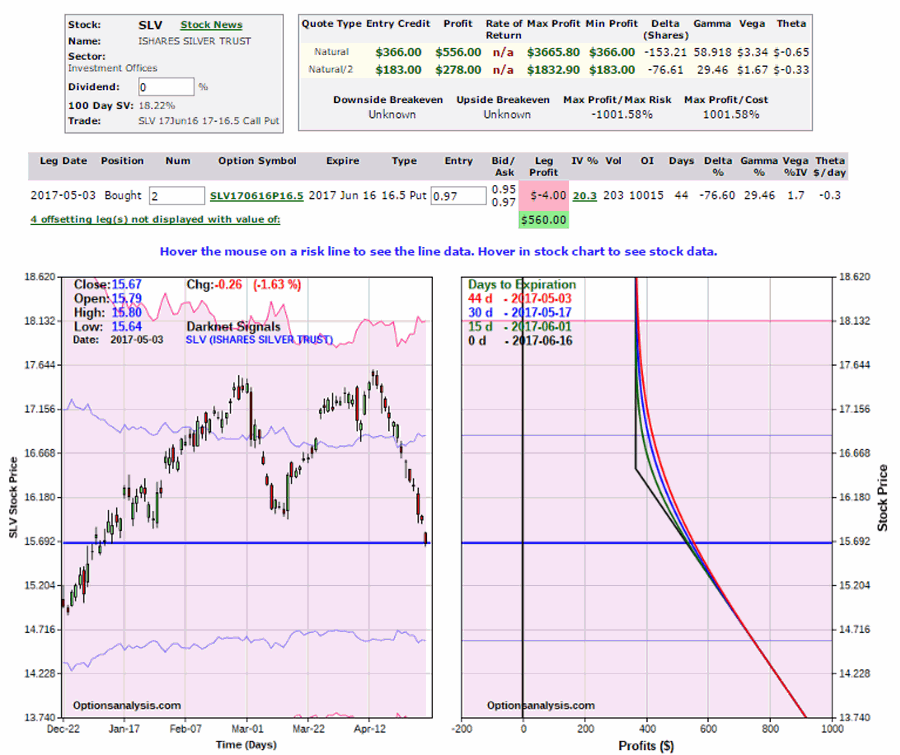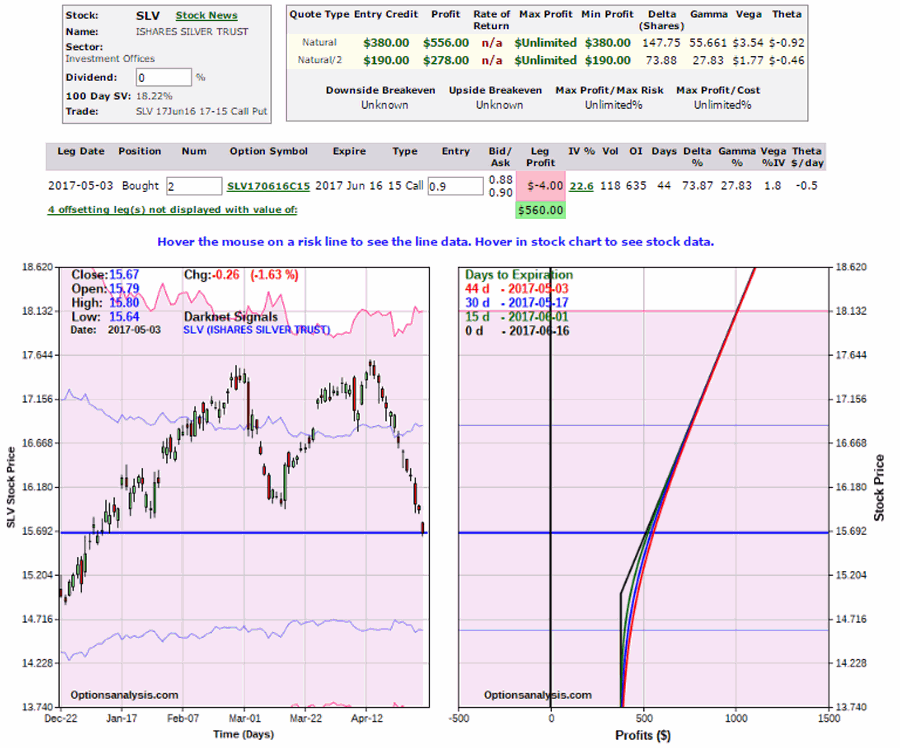In the minds of most “investors”, the word “speculation” is sort of a dirty word. It seems to represent something that we secretly “want to do” but somehow “know we shouldn’t”. “Investing” is smart. “Speculation” is foolish. To which I reply “Balderdash” (actually I had another word in mind that also has a “B” and an “S” in it, but let’s just never mind about that).
In my opinion every portfolio should include some sort of speculation. But it has to be done in the right way.
A Framework for Speculating
There are two effects regarding any position in the financial markets:
*Financial
*Psychological
The worst case scenario is to make a “crazy bet” and lose your shirt. Not only is the financial effect potentially devastating to your longer-term finances but the psychological fallout can result in second-guessing every investment decision for years to come.
Therefore, one of the keys to speculating successfully is keeping position sizes small.
If you are investing for the long-term and/or implementing a strategy, it is important to have some identifiable reason why you believe it will work (fundamentals are solid, high profit loss ratio in the past, etc., etc.).
For speculative positions you can bet on any old thing no matter how flimsy (“I think this trend line that I have arbitrarily drawn in this chart might hold”, “this sucker sure looks oversold to me”, etc., etc.) – as long as you are not risking a large sum of money.
The other key to speculating successfully is to enter positions that risk only a little but have the potential to make a lot.
Let’s look at one hypothetical example.
(See also This is What a Lack of Fear Looks Like (I Think))
Gold Stocks (using ETF ticker GDX)
For the record, I am not “predicting” that gold stocks are about to rally. But if you look at Figure 1 you can see a horizontal trend line that I have arbitrarily drawn which I think “may hold” (nothing more, nothing less). Figure 1 – Ticker GDX with a “potential” support line (Courtesy AIQ TradingExpert)
Figure 1 – Ticker GDX with a “potential” support line (Courtesy AIQ TradingExpert)
In Figure 2 we see a daily chart of ticker GDX that shows this ETF bouncing off of an oversold level that has highlighted at least short-term bottoms in the past. Figure 2 – Ticker GDX with 4-day RSI (Courtesy AIQ TradingExpert)
Figure 2 – Ticker GDX with 4-day RSI (Courtesy AIQ TradingExpert)
Anybody feeling super confident about a bullish position in GDX? Probably not. But remember we are talking about “speculating” in gold stocks, not about the prospects for buying and holding them for the long-term. When it comes to speculation the relevant questions are:
1) Do you think there is a reasonable chance that this thing will bounce?
2) And if “Yes” to the previous question, are you willing to risk a couple of bucks on that possibility?
A “No” answer to either question means it’s time to forget this silly idea and move on.
Two “Yes” answers lead us to try to find a way to take advantage of a potential bounce without “betting the house.”
(See also Biotech at the Crossroads)
Using Options to Speculate on Gold Stocks
As I stated above, one of the keys to speculating is to risk a little to (hopefully) make a lot. One of the best ways to achieve this tradeoff is via the use of options.
The position displayed in Figures 3 and 4 is referred to as a “directional butterfly spread” and involves
*Buying 3 July 22 calls
*Selling 4 July 25 calls
*Buying 2 July 28 calls
 Figure 3 – GDX Directional call butterfly (Courtesy www.OptionsAnalysis.com)
Figure 3 – GDX Directional call butterfly (Courtesy www.OptionsAnalysis.com) Figure 4 – Risk curves for GDX Directional call butterfly (Courtesy www.OptionsAnalysis.com)
Figure 4 – Risk curves for GDX Directional call butterfly (Courtesy www.OptionsAnalysis.com)
Key things to note about this position:
*The cost is $257. For a $10,000 account this represent 2.6% of capital. This also represents the maximum risk for this position if GDX goes south.
*The original profit target level is the recent highs at $24.88 and $25.71. If this range is hit the trade could generate a profit of between $260 to $630 (i.e., roughly 100% to 235% of risk)
*This position has unlimited profit potential if GDX rallies.
Also note in Figure 5 below that time decay can work in this position’s favor if GDX rises to the $23.40 to $27 a share range (i.e., profit increases as time goes by). Figure 5 – Time decay can work in our favor if GDX rises (Courtesy www.OptionsAnalysis.com)
Figure 5 – Time decay can work in our favor if GDX rises (Courtesy www.OptionsAnalysis.com)
Summary
So is this trade a good idea? It beats me. It mostly depends on one’s answers to the questions posed above – i.e., do you think there is a chance GDX will bounce and are you willing to bet $257 on that possibility?
But it is a pretty good example of how to play the “game of speculation” (should the urge strike)
Jay Kaeppel
Disclaimer: The data presented herein were obtained from various third-party sources. While I believe the data to be reliable, no representation is made as to, and no responsibility, warranty or liability is accepted for the accuracy or completeness of such information. The information, opinions and ideas expressed herein are for informational and educational purposes only and do not constitute and should not be construed as investment advice, an advertisement or offering of investment advisory services, or an offer to sell or a solicitation to buy any security.
 Figure 1 – Ticker XBI (Biotech ETF) (Courtesy ProfitSource by HUBB)
Figure 1 – Ticker XBI (Biotech ETF) (Courtesy ProfitSource by HUBB) Figure 2 – Ticker IYR (Real Estate ETF) (Courtesy ProfitSource by HUBB)
Figure 2 – Ticker IYR (Real Estate ETF) (Courtesy ProfitSource by HUBB)
